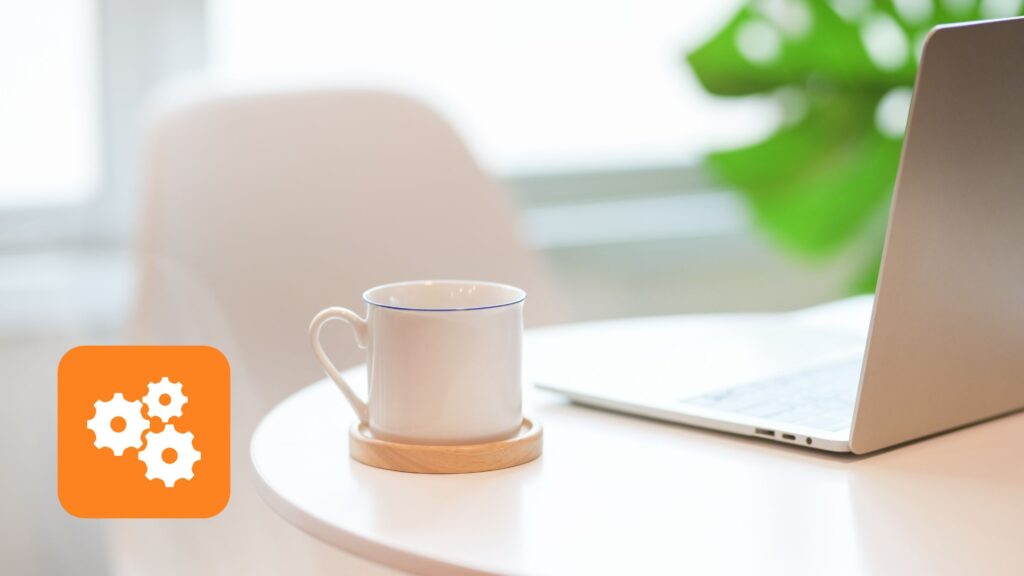
Struggling to stay on top of your emails? You don’t have to feel like you’re treading water. Here are 5 email tips that will declutter your inbox and your mind, boost productivity, and decrease stress.
1. Aim for Inbox Zero by Using the 4 Ds of Email Management
The Inbox Zero approach was born over ten years ago. With Inbox Zero, the goal is to have zero or nearly zero emails in your inbox. It’s completely worth the conscious effort it will take at first before it becomes a habit.
To achieve Inbox Zero, you can use a time management method called the 4 D’s. The idea with the 4 D’s is that everything (in this case, every email) requires one of the following actions: Delete, Delegate, Defer, and Do.
Delete
Maybe don’t take this one literally. When you’re done with an email, it’s best to archive or file it. I have folders in my email for client communication (per client), internal communication (per project), and personal stuff (i.e. emails that only I care about, such as vacation requests, paystubs, and newsletters I’ve subscribed to). Having a folder system makes it so much easier to find what you need. Delete the email only if you are certain you will never need to reference it again (for example, I delete my RSS feed emails once I’ve read them, Teams notifications once I’ve seen them, etc.).
Delegate
If someone else can or should do the task for you, hand it over to them nicely. Provide a bit of background if they aren’t aware of the context. Most importantly, confirm that they now “own” the task and that you are no longer responsible for it.
Defer
Follow up with a reasonable time frame of when the work will be completed, and make sure that you don’t lose sight of that task. Some recommendations I have for keeping track of personal tasks are Microsoft To-Do, Trello, and OneNote. It’s important to have one place to go, a single pane of glass, to see every task or project that you are responsible for so that nothing can accidentally slip through the cracks. In addition to managing your tasks in a central location, I’d also recommend booking time in your calendar to act on those tasks.
Do
If you can act immediately (5 minutes or less), do it.
2. Clear the Newsletter Noise
If you’re subscribed to newsletters, you can clear the noise a couple ways. First, unsubscribe from the ones you don’t read anymore. Don’t use an unrolling service unless you’re cool with them analyzing your inbox for data to help sell people things. Next, set up filters/rules to automatically put the newsletters you do read into their own dedicated folder so they don’t interfere with the rest of your work mail.
How to set up email filters in Outlook and Gmail:
3. Use Scheduling Tools
You can hit “snooze” on an email, just like you do with your alarm clock. This will remove an email from your inbox until its specified return date. For example, if you check your work emails on the weekend and want to make sure one is front of mind for Monday, you can tell the email to return on Monday as a brand new, unread email at the top of your inbox.
You can also schedule emails to be sent later. For example, if you’re burning the midnight oil on a project but don’t want the recipient to receive it until work hours, you can choose to send the email during work hours. This is great because you don’t have to remember to send your draft in the morning – just set it and forget it. No one will catch onto your real bedtime.
How to snooze emails in Outlook and Gmail:
- In Outlook, this can only be done on the mobile app by swiping right on an email (it will bring up the option to “Schedule” your email). If you’d like to see it in Outlook for Desktop (or even the web app), vote here.
- How-To Geek: How to Snooze Emails in Gmail Without Any Browser Extensions
How to delay emails from being sent in Outlook and Gmail:
- Office help: Delay or schedule sending email messages
- In Gmail, this feature doesn’t (yet) exist out of the box. There’s a third party app for it here that seems to be pretty popular.
4. Don’t Check Your Email Constantly
It’s tempting to open your Outlook each time an email notification comes in, but this will derail your focus. One of the best email productivity tips is to set aside time throughout your day to check your email. The idea is that you should have interrupted working time every day, and that email is often the cause of interruption.
The frequency that you should check your email is completely personal and based on the type of work you do. If you work in a setting where you need to be reached by email often, then you should set aside more frequent times to check your email. If not, you could check it as little as once in the morning and once in the evening. Just remember: if you’re worried about missing an emergency, they’ll likely pick up the phone and call.
5. Disable Notifications
Disabling your notifications will help to keep you from being distracted by incoming emails. If you set aside time to check your email (see tip #4: Don’t Check Your Email Constantly), those email notifications won’t matter anyway.
How to change your email notifications:
- How-To Geek: How to Get Outlook Notifications for Important Emails Only
- Gmail: Change email notifications
Hi Karin,
Great resource! May I use direct quotes from this blog post in a course I’m creating if I attribute you as the author (of course)?